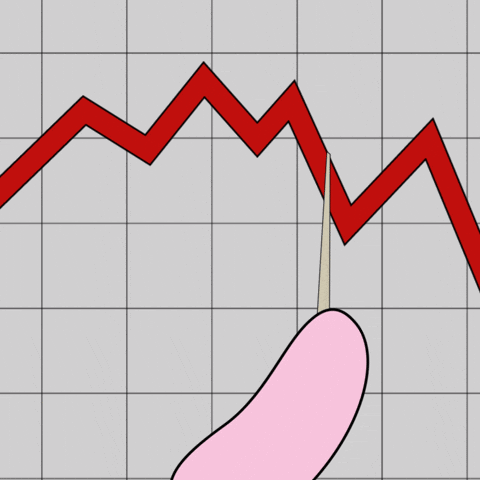Again and again I read comments like: "Why don't you wait for a bottom?"when it comes to entering a share that is currently falling.
But what exactly is a bottom?
My personal definition would be:
A bottom is formed when the last low higher than the previous low low and additionally the last high is exceeded.
However, this definition is relative. An example: The share of $NOVO B (+5,32 %) .
I am convinced that the company has a lot of long-term potential and am considering further expanding my position.
But how do you determine the right time?
- Should you buy the 1-month chart or is the monthly chart meaningless?
- Should I use the SMA 50 - 200 lines as a guide?
- Are there certain technical signalsthat should also be taken into account?
- How do experienced analysts define a stable bottom?
I would be pleased to hear your views, as I have little experience in this area.




